A former Nazi bunker was turned into a tourist complex (7 photos + 1 video)
21 July 2024
The St. Pauli bunker in Hamburg, built during World War II to protect against air raids, has been given a new use. After a €100 million renovation, the structure became a tourist complex with restaurants, a Hard Rock Hotel and a huge rooftop garden. 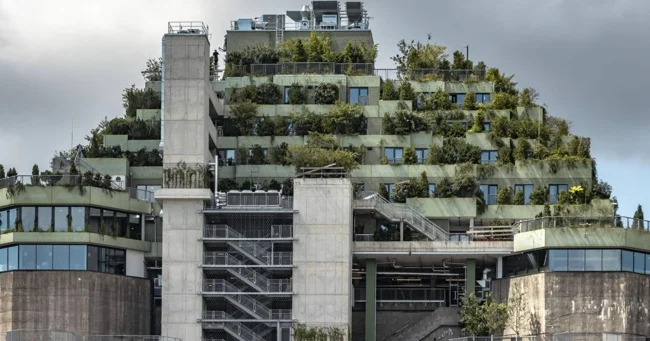
During the bombing of the city, up to 25,000 people hid here.
Similar structures were blown up during the denazification of Germany, but the St. Pauli bunker remained because its destruction would have endangered the surrounding residential areas.
The complex's website says: "Starting July 5, city residents can enjoy the breathtaking views from Hamburg's highest rooftop for free. The new Reverb by Hard Rock hotel, restaurant, bar and café will also open on that day."
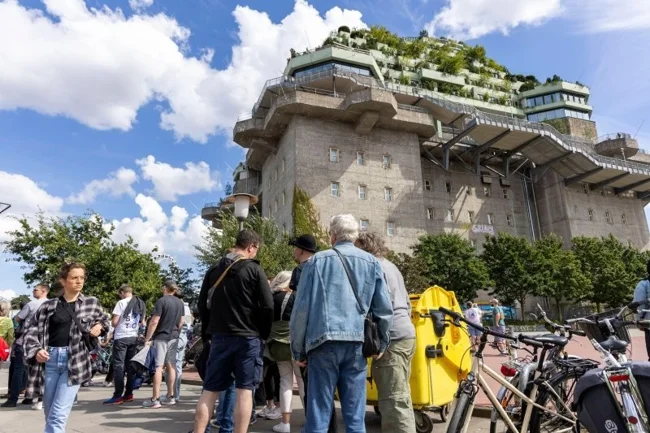
The reconstruction took two years longer than planned and was much more expensive: the original budget was 35 million euros.
Public spaces “for culture, recreation and gastronomy” were created on five floors of the building, and 23,000 trees, shrubs and perennial plants were planted on the roof.
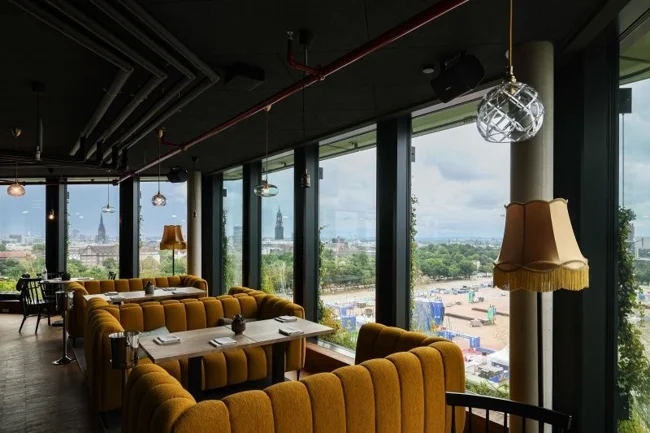
The garden, which offers views of Hamburg, is accessible via a "path" that starts on the ground floor and leads to the top of the building. There you can see the unique Hanging Gardens of Hamburg.
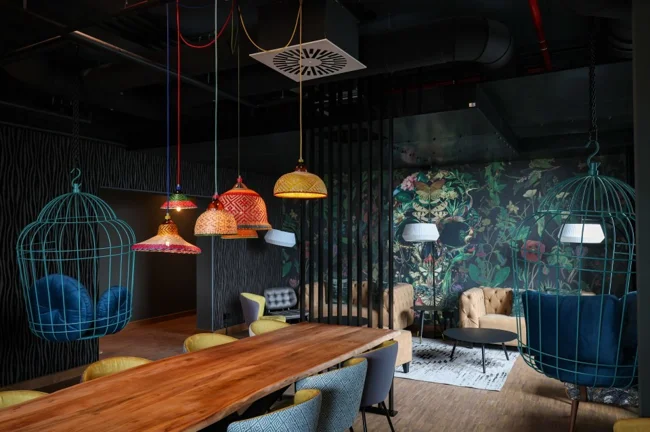
Guests are offered accommodation at Reverb, a Hard Rock-managed hotel with 134 rooms. A night will cost 150 euros. There are several “food concepts” to choose from, from gourmet rooftop restaurants to cafes.

The main restaurant, called La Sala, seats more than 170 people and has an adjacent terrace.
The Karo & Paul bar spans three floors and provides plenty of space for guests to enjoy a cocktail or two.
Patrick Weber, head chef and food manager at St. Pauli, said: "We are a multicultural team of around 30 chefs. We will take advantage of this diversity and serve bunker snacks from all over the world."

This is not the first Nazi building in Hamburg to be given new life. Thus, in 2018, the Gestapo headquarters was converted into luxury apartments and offices.
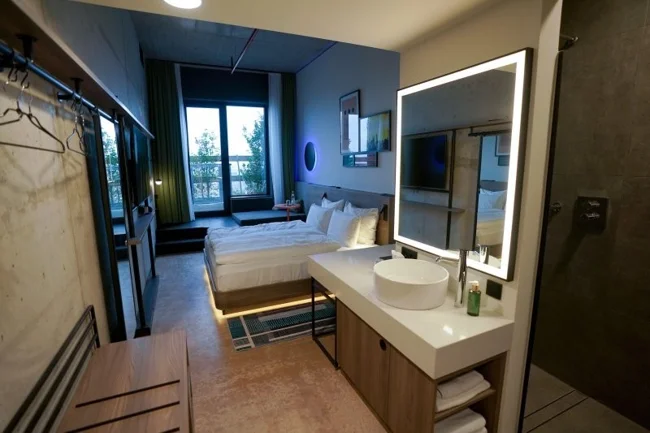
American magazine Fortune writes: "The bunker joins a number of Nazi-era sites that are being reintegrated into modern life. It was a venue for arts and music events long before it began welcoming guests. The bunker will also have a memorial to victims of Nazism and exhibition spaces ".





















